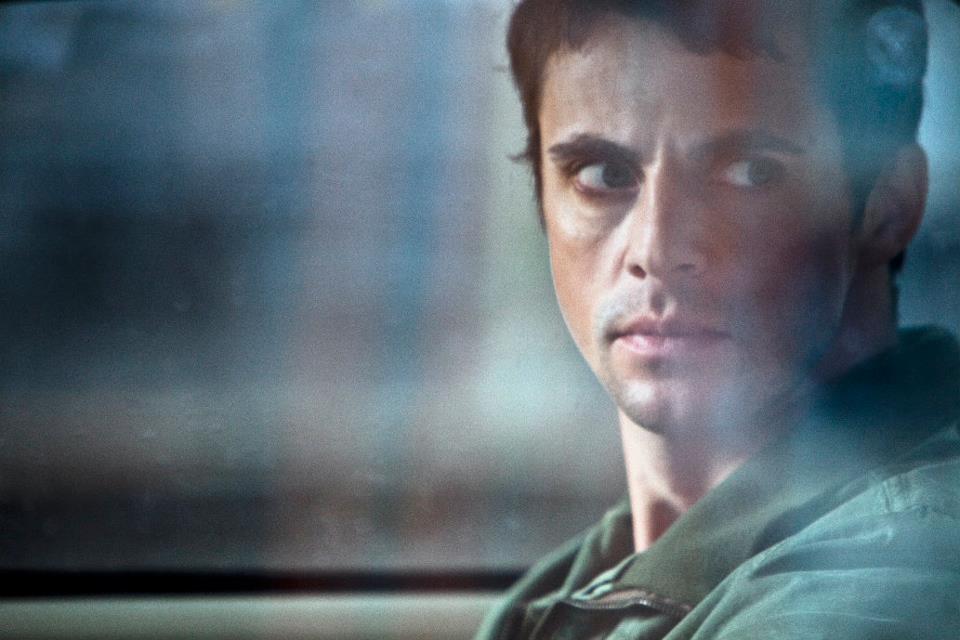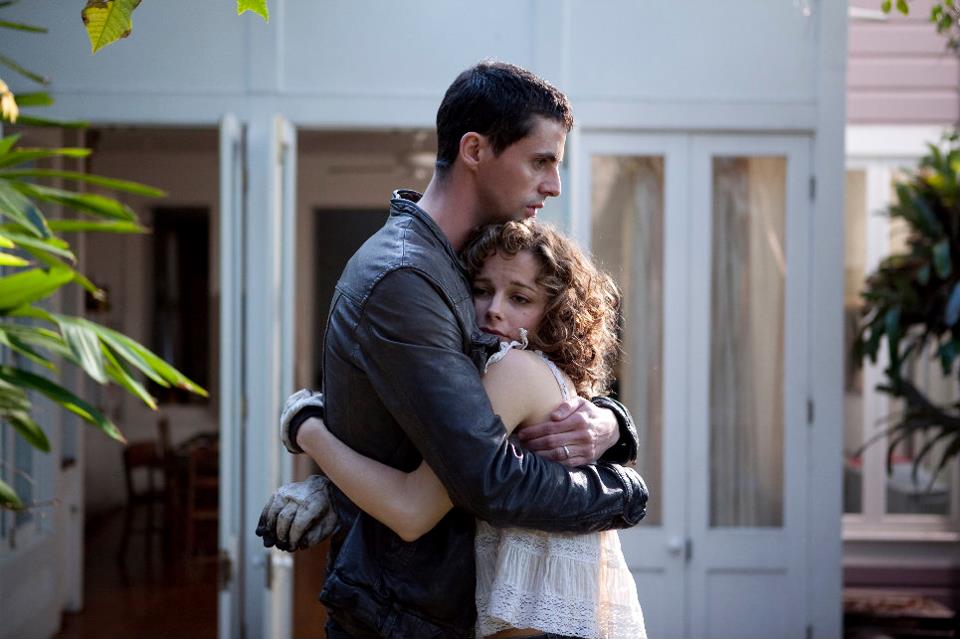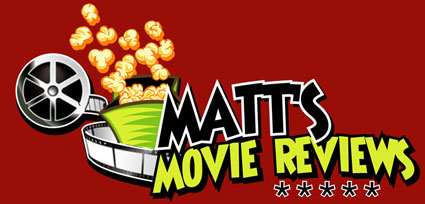It has been 8 years since Sydney born filmmaker Jonathan Teplitzky dazzled audiences with his Gold Coast set crime romp Getting’ Square. It was a time of immense loss and personal reflection which he funnelled into his latest movie Burning Man.
Based in the Eastern suburbs of Sydney, the film star Matthew Goode as a British chef who deals with the loss of his wife (Bojana Novakavic) through immense anger and a succession of strictly sexual relationships.
Utilising a jig saw structure, Teplitzky has created a film which is as dazzling in look as it is intimate in detail and raw in emotion. The end product has seen Burning Man acclaimed as one of the best movies of the year from many a critic.
Matt’s Movie Reviews had the privilege to talk to Tiplitzky about the making of Burning Man and the themes found within.
Enjoy!
This is an intense, complex movie. What are the origins of Burning Man?
There is a certain autobiography to it…my partner passed away 10 years ago and about 5 years after that I started reflecting back on the experience I had, and in particular the year straight after where there are no rules in a sense. There is this extraordinary excuse to misbehave and be and say and do whatever you like, almost like you’ve got a get out of jail free card in your back pocket.
Once you get past the tragedy and the sadness of it, the unexpected part of it is there is a certain freedom and exhilaration that goes with it because you are a 40 year old person who can behave like a 20 year old again. I think that is a very liberating and unexpected part of that process.
Anyway, I was thinking back on this and how it would be really interesting to explore a character going through that period of time. So I started writing ideas and scenes and images that I felt would be really good. That went on for about 6 months and then I’ve been writing a script about a chef and most of my family are chefs, so I kind of know that world a little bit. I’ve worked in a lot of kitchens.
It just occurred to me the two went so perfectly together, so the screenplay really started to take shape and I wrote a first draft then really spent 18 months just re-writing, and re-writing, and re-writing and finessing the script so that not only the story but also the structure and the emotional through line of Tom’s journey really started to work.
 |
"Once you get past the tragedy and the sadness of it, the unexpected part of it is there is a certain freedom and exhilaration that goes with it because you are a 40 year old person who can behave like a 20 year old again." - Jonathan Teplitzky |
The film stars Matthew Goode as the main character Tom, an English chef living in Bondi. Where did the idea come from in having your main character be a Brit?
Well, one of the things that I found and I spoke with many people about this, one of the reoccurring themes was that living through an experience like that, for a period of time there is this great sense of isolation, that you’re dealing with a surreal and topsy-turvy upside down world but you’re sort of dealing with it alone.
I didn’t really want to address that in a literal or naturalistic way in the screenplay. I much preferred the idea of trying to, in a sense integrate the sort of organic texture of the film. So the idea to have someone who was sort of one step removed from the local culture just seemed like a really good way of doing that.
I met Matthew in London and we hit it off, he read the script and I think he was really looking to do something really challenging. We kinda met half a dozen times over the space of a couple of weeks, and he really responded to the script and I really needed an actor who was gonna take the material and take the screenplay by the neck and really go at it a hundred percent, commit a hundred percent and Matthew really convinced me that he would.
Apart from being a great actor and realising that, he also brings a great charm and warmth and humour to everything that he does, and I thought that was really important too. So once I got to meet Matthew, casting him and feeling what it would be like with him in that role, you know it became a very immediate thing and once I was comfortable with that we were than able to move on and in a sense cast the rest of the film.
Your cast deliver fantastic performances, especially from Goode and Bojana Novakovic. Your script asks these actors to go to some primal places. What processes did you go through in securing their trust for some of these scenes?
Well, I think as with any scene and any move and with any character, the director and the actor really need to find a place where they can communicate in, and you know it’s an open communication where you can talk about what you feel, what the material is about, what a scene is about, what the point and that role of the character is in the big jigsaw puzzle of the film.
When you choose and cast really good actors they come equipped with that sort of approach. I’ve tried to instigate that sort of approach. I’ve tried to build an environment where people feel - cast and crew- where people can do their best work. So with a cast of this magnitude and the quality of the actresses that I’ve asked to do the roles, you know actors really thrive on material like this. You know they’re forever searching for material which challenges them as actors that in a sense they feel as if they can bring something meaningful, deep and profound to, and I was lucky enough to interest a cast that I did.
I think one also has to say they brought so much to their individual characters but also with a great commitment to their role in the film as a whole, and I think that they really enjoyed contributing. All of them loved the film as a whole and that was really important as well.
 |
"Actors really thrive on material like this...they’re forever searching for material which challenges them as actors that in a sense they feel as if they can bring something meaningful, deep and profound to, and I was lucky enough to interest a cast that I did" - Jonathan Teplitzky |
The structure of Burning Man is scattered. You mentioned before that it was like a jigsaw. Is that how it was presented in the script or was that a product of post-production?
No, that was how I started writing it actually. It was very important to me to find a structure that somehow reflected Tom’s emotional and psychological state. What I found and what a lot of other people I ‘ve researched said is that your life is fractured, and that whole point is to use a structure like that and that there really needs to be a solid purpose behind it.
The idea of it is that it helps tell the story of Tom’s state, which is a very fractured life, a very fractured view, it’s a kaleidoscope of images rather than a naturalistic experience of life for a period of time. That structure really suited the story and allowed is to tell the story in a way that really drew the audience in gave them access to where Tom was at.
Burning Man is big on symbology, with fire used in particular. At one point you even had a burning bush, which some people can take an almost theological because of its religious symbology. What was your goal in injecting these symbolic gestures in this film?
As I’ve mentioned, I think the state that Tom is in you relate to the world in a much more abstract way, almost a surreal way and I wanted to fill the film with images of life, you know? Fire is actually very life giving and affirming. It’s about rebirth. And water, and food, and sex, and intimacy, and love…all those elements fill the film.
The fire thing…because of his connection to fire as a chef and also the experience he has when, particularly when he comes out of the crematorium and looks back and sees his life go up in smoke, those images I was really interested in exploring how those experiences manifest themselves on the psychology of a character.
I think that they are open to interpretation and open to audiences…in a sense digesting them as they feel fit. There is no definitive answer to that question “What does it mean?” Some of the impedance and some of the themes and meaning of, you know that I’ve just mentioned have gone into it and they’re the starting points of it.
But I also wanted a visual metaphor throughout the film that somehow reflected the incendiary nature of what Tom was going through, and the incendiary nature of his personality. He responds as if there is a fire exploding in a number of scenes. It’s very reflective of someone who is struggling to make sense of the new world in which they exist.
You are working on The Railway Man next, which is a WWII drama that will star Colin Firth. What can you tell me about that project?
It’s a story set in both more modern times and also during the war in the 40s. It’s about a guy who is a railway enthusiast who ended up on the Burma railway, was tortured very badly by the Japanese but survived, but his whole life was kind of ruined as a result.
One day he meets this woman who helps him confront some of the things that he has gone through, that results in him finding out where one particular perpetrator, Japanese soldier was so he goes out to kill him. It’s a great story of humanity and effectiveness, and of love and all sorts of things. |
